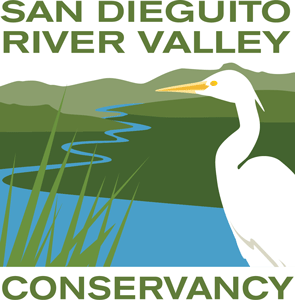Background Information
Pollinators
A pollinator is an animal that helps plants produce fruit or seeds. Pollinators are found all over the world and come in many different shapes and sizes. When pollinators such as bees, birds, bats, butterflies, moths, flies, beetles, wasps, and small mammals go to plants to eat their nectar, they get pollen grains stuck on them, which then rubs off onto the next plant they travel to. The pollen from one plant can then fertilize the next plant that the pollinator gets nectar from. Only fertilized plants can make fruit and/or seeds, and without them, the plants cannot reproduce.
Pollinators are essential to plant propagation and our food production. Almost 80% of the world’s crop plants require pollination to produce crops (apples, blueberries, chocolate, coffee, melons, peaches, potatoes). We would not be able to grow most of our food without pollinators.
Climate Change and Pollinators
When we do things like drive our cars and use electricity, we are burning fossil fuels that release heat trapping gases into the atmosphere. When too many greenhouse gases build up in the atmosphere, they act like a heat trapping blanket that causes humans, plants, and animals on land very uncomfortable. Research has shown that increased amounts of carbon dioxide from human activity are changing the global climate. Climate change impacts include warming temperatures, changes in wind and precipitation patterns, sea level rise, and more extreme storms. These impacts make it difficult for plants, animals and people to adapt. Changes in temperature and precipitation, like the ones seen in California in recent years, not only have an impact on humans, but plants and animals as well.
As the climate warms, we are seeing changes in the usual weather patterns for each season. As our seasons become less predictable, patterns for plants and animals shift, which can throw entire ecosystems out of balance. Climate change can alter the life cycles of plants all together. If the Earth’s temperature is warming, flowers will emerge and bloom earlier in the year. Many flowers bloom in Spring, when there is less frost and warmer temperatures, but if the temperature is warmer earlier in the year, some flowers may come out earlier than usual. If the life cycle of flowers is changed, it will throw other species out of their seasonal routines. This process is known as a phenological mismatch. Phenology is study of seasonal and cyclical natural processes in relation to climate and plant and animal life.
Many animals and plants have co-evolved to rely on each other for survival. Animals like insects follow a cyclical, seasonal pattern that positions them to migrate to plants while they are flowering. The insects arrive to the plants while they are flowering to gather nectar from the flowers and in turn complete pollination. If the flowers bloom earlier than usual and are gone by the time insects arrive, the insects might not find enough food. If pollinators are unable to find enough nectar, the may starve and become more susceptible to disease or predators. If flowers die before they are pollinated, they may miss their chance to reproduce and create new plants.





